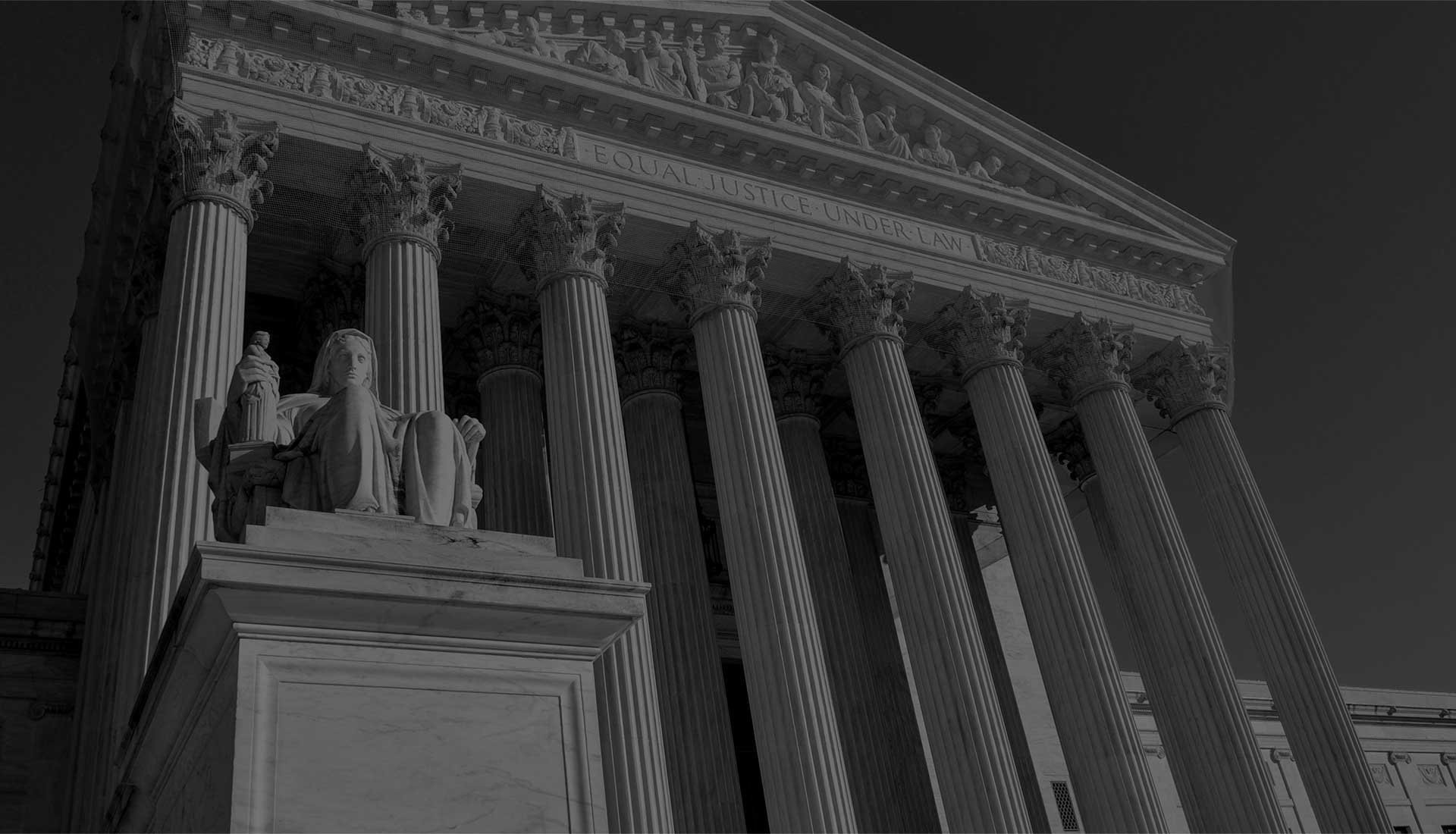Serious Car Accident In Fort Wright Raises Liability Questions

One person is dead, and three others seriously injured, after a three-car collision that authorities are still examining to determine fault.
According to witnesses and investigators, a 24-year-old driver in a Ford Focus from Fort Wright, while trying to turn from Lakeview Drive onto Madison Pike, crossed directly into the path of an on-coming GMC Sierra. The 24 year -old’s Ford Focus then spun around like a top, careening into 27-year-old victims Chevrolet Cruz. The Ford Focus driver was pronounced dead at the scene; the other two drivers, and a third unnamed individual were all seriously injured.
Police did not issue any citations at the scene, and they have ruled out alcohol as a possible contributing factor.
Under the old common law, tort actions died if the plaintiff or defendant died. Similarly, persons could not sue for wrongful death under common law. However, most states, including Kentucky, have passed tor survivability laws.
According to KRS 411.140, deceased tortfeasors (negligent drivers) are still liable for the damages they cause, unless the case involved libel, slander, or criminal conversation, because unlike car collisions, these cases are directly related to the personal relationship between the plaintiff and defendant. In all other matters, the plaintiff may sue either the deceased tortfeasor’s relatives, or the estate’s personal representative.
Substantial Cause/Foreseeability
This rule could be important in the above story, because it appears that the deceased driver may be responsible for all damages incurred, even if they occurred because of the car collision between the Sierra and the Cruz.
To recover compensations, victims must establish, by a preponderance of the evidence, that their damages were a foreseeable result of the tortfeasor’s conduct or misconduct. This rule existed at common law, but was not really fleshed out until the intriguing case of Palsgraf v. Long Island Railroad (1928). As Ms. Palsgraf waited with her daughters for a train to Rockaway Beach, a tardy passenger tried to board a departing train on the other side of the platform. In a spectacle right out of a Three Stooges movie, one railroad worker tried to pull the portly man inside the moving train while another one tired to push him into the car from the platform. During the jostling, the man dropped a package of fireworks which exploded when it hit the ground. The shockwave knocked a scale onto poor Ms. Paslgraf, who never saw it coming.
Later, the court ruled that the railroad company was not responsible for the drivers damages, because the toppling scale was not a foreseeable result of an ill-conceived effort to help a man into the train. In a dissenting opinion, another judge proposed a broader “zone of danger” test. This rule sometimes applies in DUI car collisions and other incidents that involve grossly illegal conduct. All judges also apply the zone of danger test in bystander injury cases; for example, if a family is in a collision and only the child is physically injured, the parents are still entitled to compensation for their emotional distress and other noneconomic damages.
Whether the tortfeasor is dead or alive, the plaintiff’s injuries must be foreseeable. For a free consultation with an experienced personal injury lawyer in Bowling Green, contact Attorney Gary S. Logsdon. Home and hospital visits are available.

